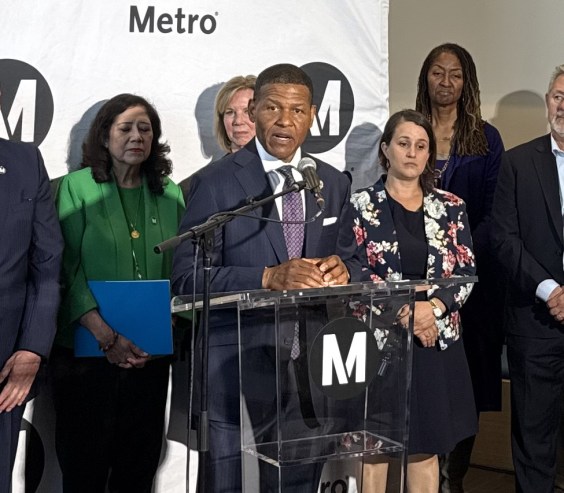Here are the highlights from around the Network today:

How Mobile, Alabama Came to Embrace a Complete Streets Law: Making cities safer and more sustainable isn’t always easy, especially in the Deep South, but the right coalition can make change happen quicker than you might expect. That’s the lesson from Mobile, Alabama, which passed Complete Streets legislation this year. Sean Barry at Transportation for America brings us the story of how two women helped bring about progress in their community.
Wendy Allen and Charlene Lee of the advocacy group Smart Coast swung into action in 2009, after their city’s dismal ranking on pedestrian fatalities in T4A’s Dangerous by Design report was revealed. The city had 138 pedestrian fatalities between 2000 and 2008. The designation inspired them to host a local event that examined the problem and the solutions proposed by T4A’s report.
“We were working in an area that did not have a groundswell or clamor saying ‘my God, this is unacceptable that my area is unsafe,’” said Lee, the programs director for Smart Coast. “We were trying to build that groundswell.” In 2010, Smart Coast presented a smart growth resolution to City Council. “The measure languished for over a year in the council’s Public Safety Committee,” writes Barry. “But the backing of the Mobile Medical Society, coupled with increased activity among local bicyclists and the full backing of Leadership Mobile, a civic group, helped to finally advance the complete streets proposal to the full Council this year.”

Smart Growth and Carbon Emissions: The National Association of Homebuilders recently made the audacious claim that “the existing body of research demonstrates no clear link between residential land use and greenhouse gas emissions.” In fact, there is a very strong correlation between the distance one lives from the region’s central city and number of vehicle miles traveled. Kaid Benfield at the Natural Resources Defense Council’s Switchboard blog says it all comes down to a principle called “regional accessibility.”
“The more central a place is to the region, or to a strong suburban center, the lower the VMT, in large (though not exclusive) part because driving distances become shorter,” Benfield writes. This holds true whether you live in Wilmington, Delaware or Phoenix, Arizona. The location of a place within the region is the biggest factor in determining VMT, behind street connectivity and mixed land uses. Benfield quotes researcher Todd Litman, who puts it like this: “Residents of more central neighborhoods typically drive 10-30 percent fewer vehicle miles than residents of more dispersed, urban fringe locations.”




